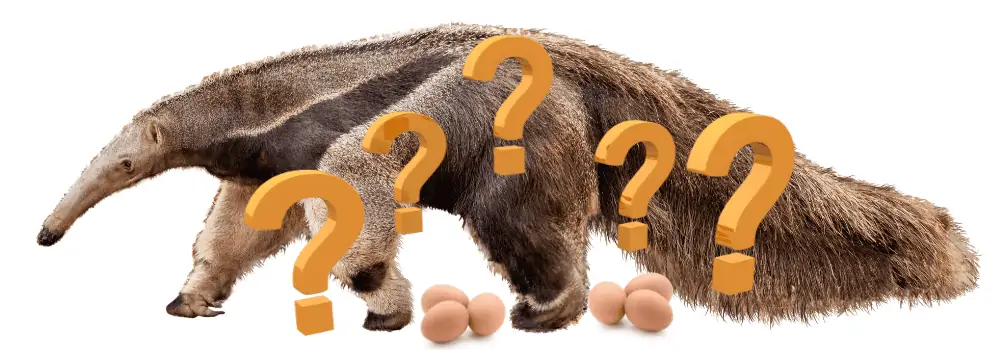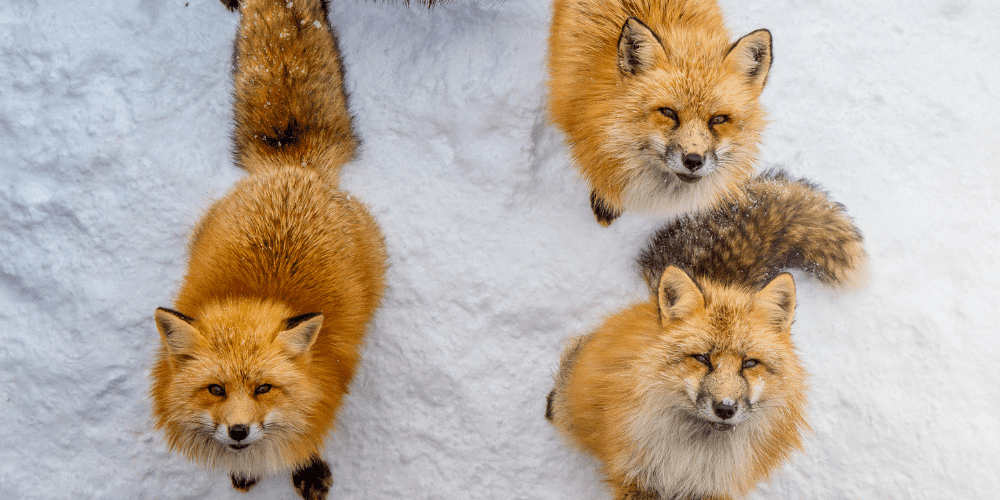Anteaters are creatures that stand apart in appearance and behavior when compared to other land-based mammals or from most other animals, for that matter. But do anteaters lay eggs? Are they that different?
The four major types of anteaters are mammals through and through and do not lay eggs and give live birth often while standing. However, they have a distantly related cousin that does lay eggs, a species called echidna, otherwise known as Spiny Anteaters.
The Spiny Anteater

The Spiny Anteater lives a world apart from their South American cousins, hailing from Australia, Tasmania, and New Guinea.
Though South American Anteater species and Echidnas might enjoy eating ants and termites with exaggerated snouts, they share more differences than similarities.
It would be more accurate to describe the Spiny Anteaters as a species named so due to the literal act of eating ants, not due to the relationship with the Anteater species.
Its name was derived in the 1700s because it was assumed that the Spiny Anteater was a relative of the better-known anteaters of South America due to its eating behavior and visual cues (the snout-type facial structure).
However, this has been revised several times since then as greater depth has been researched regarding the relationship between the four major species of Anteater found in South American regions versus Spiny Anteaters.
Appearance
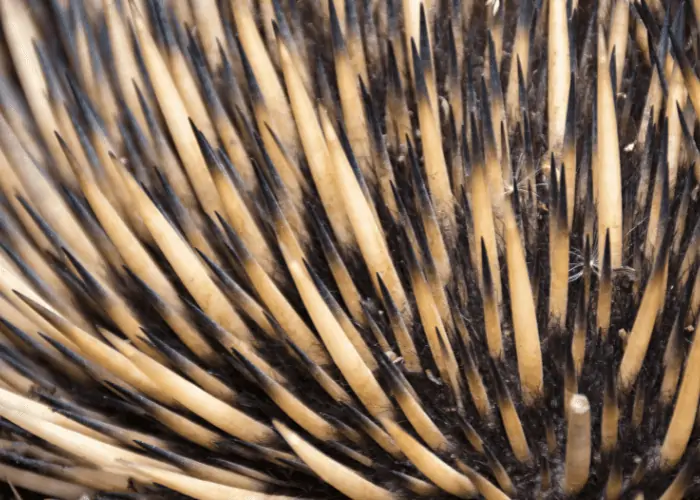
Spiny Anteaters are often mistaken for porcupines due to their size and spines covering its body. From behind, this would be an easy mistake to make, which makes it a great example to give to describe their appearance from hind to head.
The dead giveaway is when one catches a glance at the face. You’d see the most extreme difference in appearance between the two, which would be the extended ant-eating snout of the echidna.
Are Spiny Anteaters Poisonous?
Amazingly, they are! It’s even incorporated in their name, as “echidna” literally means “adder.” There is a poisonous gland that is located within their hindquarters.
Though they are considered venomous, their venom isn’t going to cause anyone as much harm as would an adder or other poisonous creatures. The typically on the receiving end of these venomous spurs would be other male Spiny Anteaters competing over a mate.
On the other hand, these same spurs secrete a milky substance that attracts mates.
Spiny Anteaters Lay Eggs?

Spiny Anteaters lay what classifies as an egg but are already forming offspring. This differs from reptiles and birds, who, after the egg is laid, the male comes to fertilize them launching development.
Rather than a hard-shelled egg (like what we would instantly associate with any common egg), the spiny anteater lays a softer, leathery textured egg with the developing stages already progressing. The egg is deposited directly into a pouch located on the female’s belly.
The egg hatches just under two weeks after entering the pouch, and the infant Spiny Anteater is only about three-quarters of an inch (or sometimes less) in length.
The infant will stay inside the pouch living off of its mother’s milk that secretes from the skin inside the pouch for up to three weeks as it develops further.
As the baby grows, it develops spines, which prompts the mother to begin removing it from the pouch- not only because it’s a sign of being ready to be introduced to the world but also because the spines start to pierce and irritate the mother’s skin inside the pouch. The whole process only takes about eight weeks before it’s ready to move out.
Despite their odd appearance, the four South American Anteater types are all common mammals. On the other hand, the Spiny Anteater is something much different, a sub-species of mammal called Monotremes.
What are Monotremes?
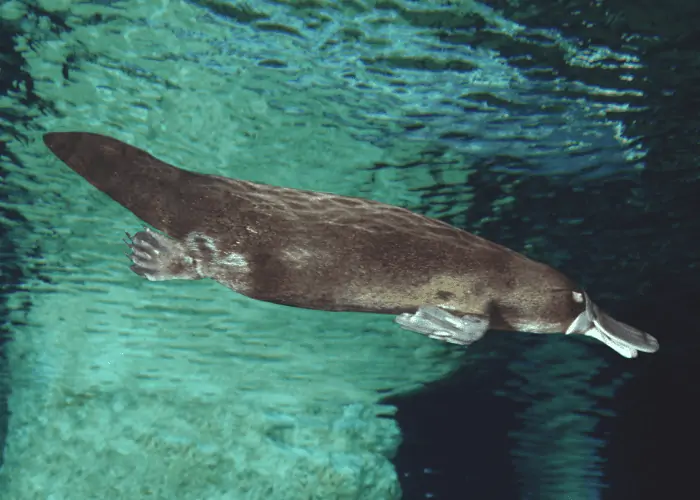
Though they are still loosely considered mammals, monotremes are truly in a class of their own with unique features not shared by their run-of-the-mill mammal counterparts.
There are only five types of monotreme species alive today, four of which belong to the four varieties of Echidnas, and the fifth is the Duck-Billed Platypus.
Monotremes are mammals that lay eggs, are poisonous, and have similar cranial structures such as an extended beak (or snout) and three ear bones.
With only five members, monotremes are an extremely small slice of the mammal pie, shared with marsupials and placental mammals.
What’s the Difference Between a Marsupial, Monotreme, and Placental Mammal?
Primarily, these categories denote the birthing types (or processes) performed by each group, as they all differ from each other.
Above, the process was explained for the Spiny Anteater, which falls under the monotreme mammal type. A small, leathery egg is directly deposited into the mother’s pouch.
Marsupials are only similar in that they carry their young in a pouch. The difference is the baby is not within an egg but is tiny and underdeveloped when born and placed into the pouch by its mother, and it further develops from there within the pouch.
A Kangaroo would be the most recognizable example of a marsupial, as most people have seen pictures or videos of mother kangaroos with their babies looking out from their pouch.
Placental mammals are you, me, and any other mammal that is fully developed within the mother’s womb. The absence of epipubic bones extending from the pelvis allows for a fully developed birth, which is unique compared to the other types.
Final Thoughts
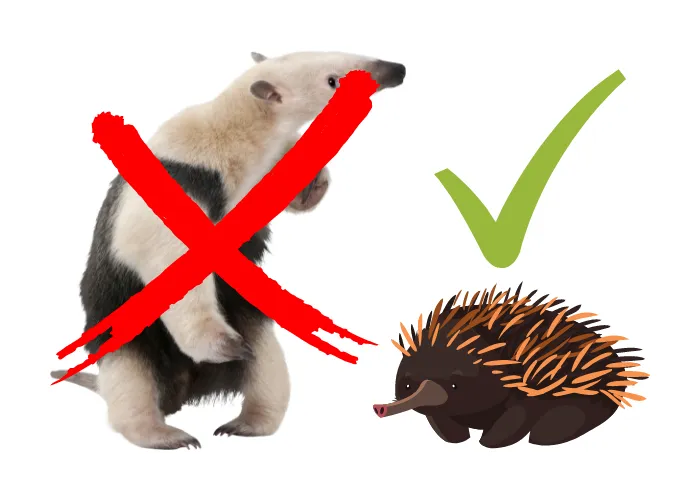
At the beginning of this article, the question posed was, “Do anteaters lay eggs?”
True anteaters do not lay eggs but are part of the placental mammal family. The ones that lay eggs certainly bear the anteater name but are better understood as “ant eaters” rather than “anteaters.”
They eat ants and some plants but are not a direct member of the anteater species (though they nearly look the part). Instead, they’re more closely related to the Duck-Billed Platypus than true anteaters.
The animal kingdom can prove itself to be a strange place, and these animals that break the mold, such as the Spiny Anteater, ensure that it remains as strange as ever.
RELATED ARTICLE: Are Anteaters Dangerous?

